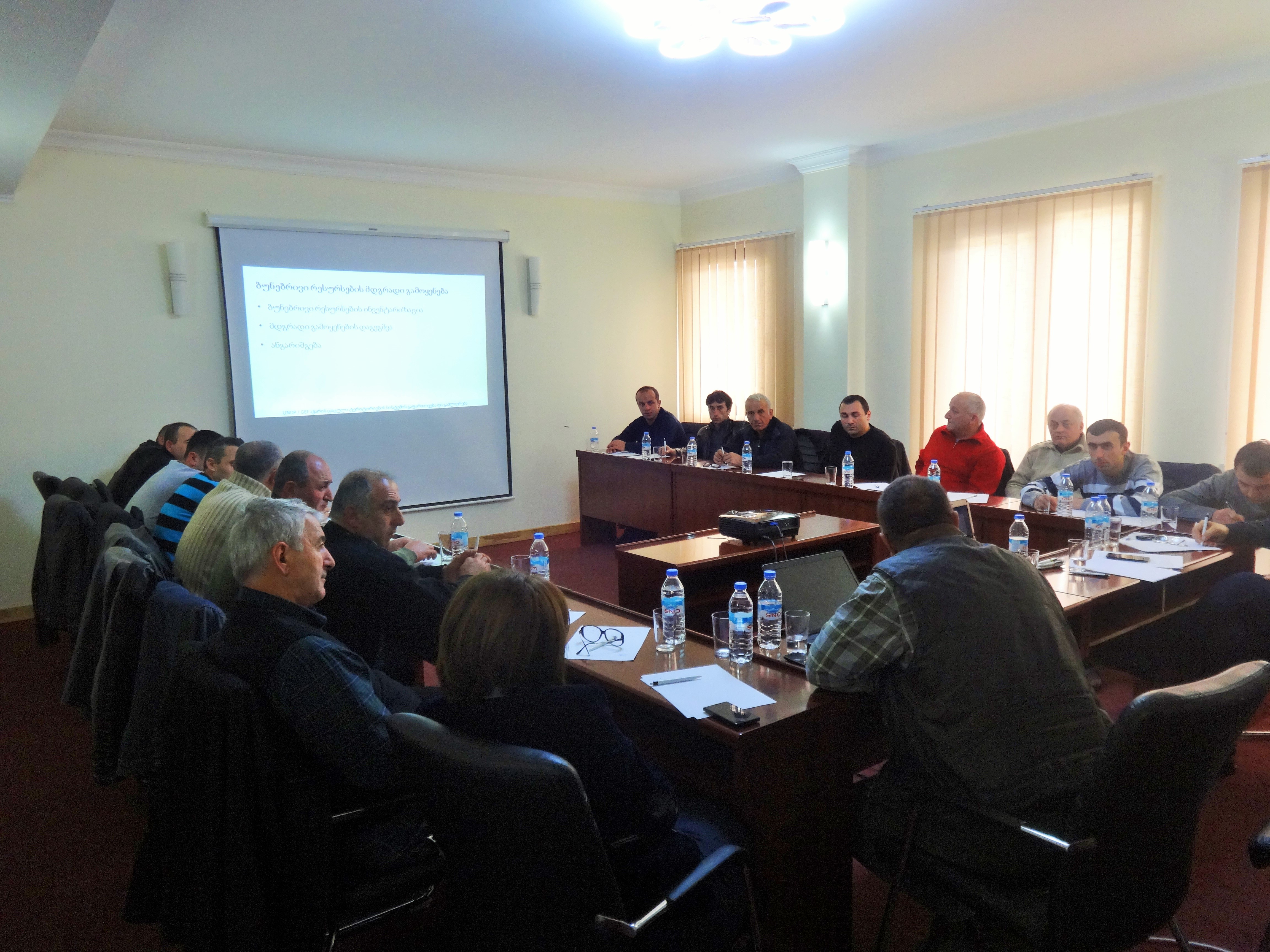

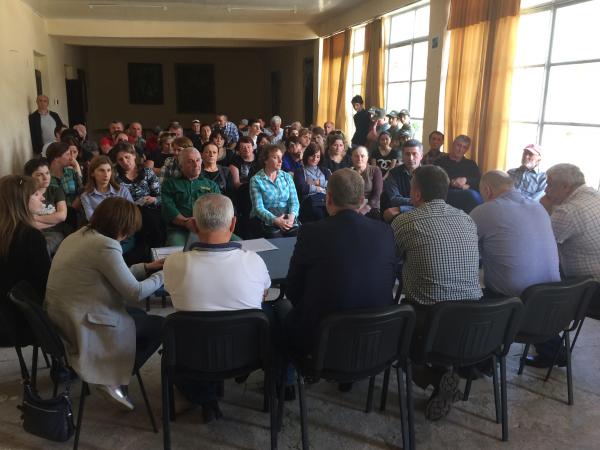
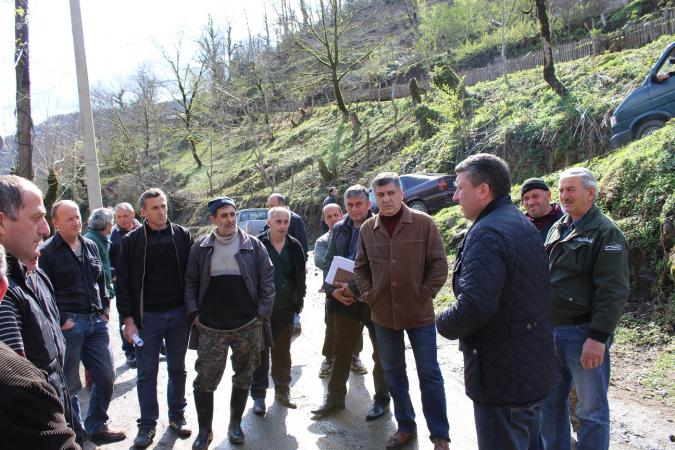
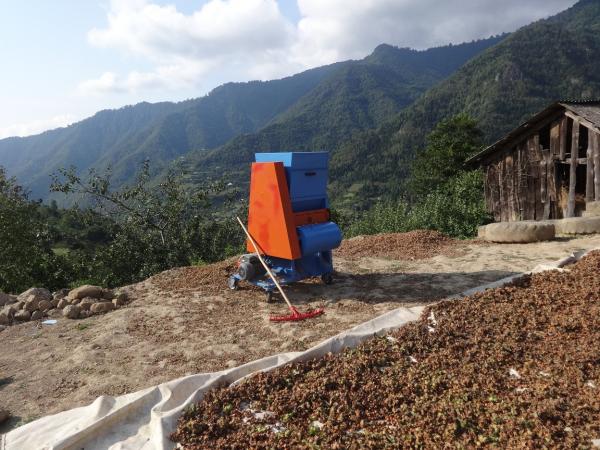
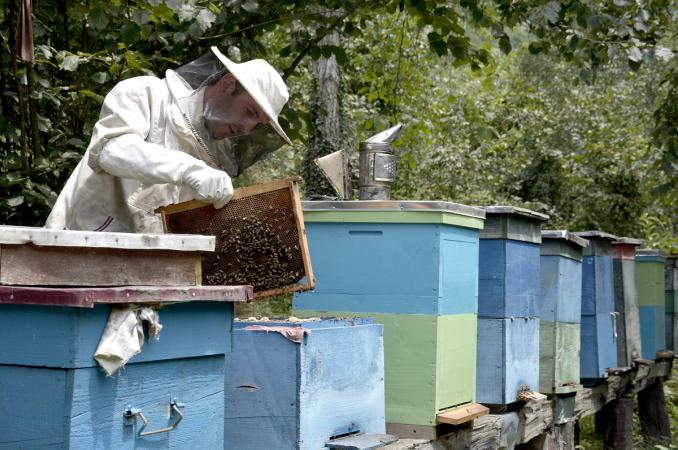
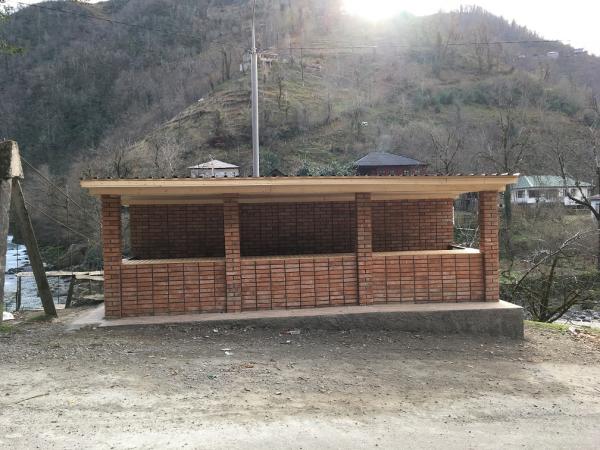
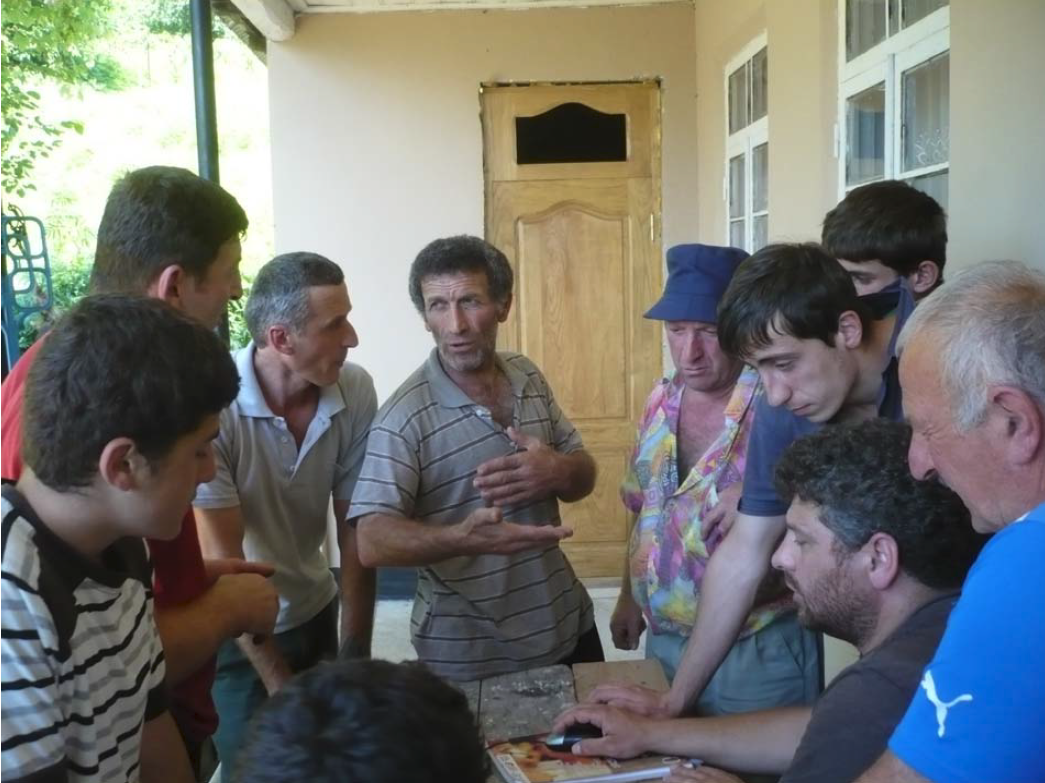
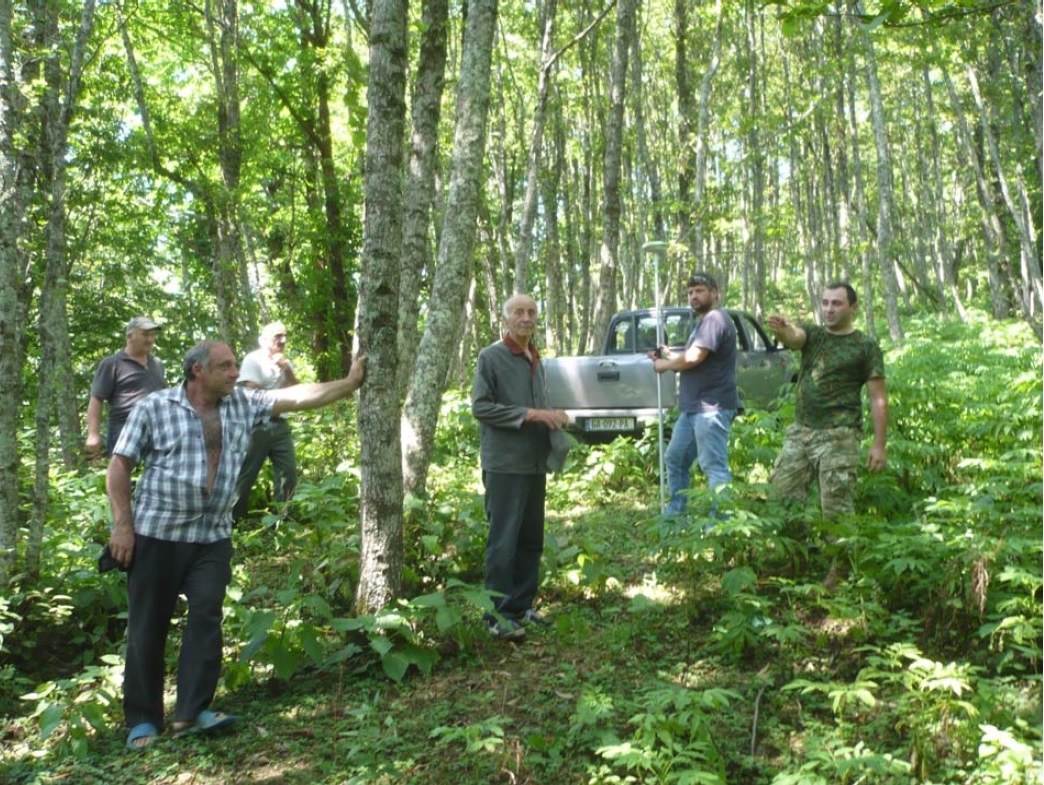
When the project started in 2014, there was a significant level of misunderstanding, mistrust and opposition by local residents to the establishment of the MNP and to any actions in the valley that were perceived as restricting existing land use and livelihoods.
To respond to this, the project has:
a) Initiated immediate actions such as the PA staff trainings and community meetings organized in each village, involving newly trained MNP staff, to improve:
- the effectiveness and understanding of newly recruited staff about the NP objectives and how to communicate with local communities and
- the understanding of local communities on the real impact of the NP and its potential benefits
b) Ensured that the boundary and demarcation activities for the MNP were carried out with the full consultation and involvement of local communities and that the final boundaries were consensually agreed with them
c) Worked actively with the local communities to build their capacity to organize and benefit from the opportunities the establishment of the NP could bring
d) Initiated activities, with involvement of the MNP administration, to address priority issues for local communities related to forest resources and wildlife (i.e. fuel wood alternatives, human / wildlife conflict).
- The MNP administration understood the need to broaden their focus from “traditional” protection oriented activities and to encourage practical collaboration with local communities regarding their priority issues (fuelwood), conflict issues (wildlife damages) and livelihood issues (tourism).
- Initial surveys carried out at the MNP establishment stages included assessment of relevant aspects of the socio-economic situations and natural resource use issues and relevant community priorities, and were incorporated into PA management planning
- Engaging with communities adjacent to protected areas, particularly during the process of establish the PAs, can have significant benefits for the management of those PA’s in terms of: building local awareness and understanding of their aims, reduction of opposition and conflicts, and finding positive collaborative opportunities of mutual benefit
- Protected areas establishment process with strong community support component can be effective catalysers of rural development, helping to build more sustainable and resilient livelihoods, and more united communities
- In communities with weak cohesion or existing self-organization structures, it is important to initiate support by efforts to strengthen community level consensus and capacities to organize – this creates an effective basis for further meaningful involvement
- Development support should be driven by community and household priorities, provided they do not conflict with the wider conservation and sustainable resource use goals, not by priorities set by “outsiders” (donor projects, PA agency, etc)